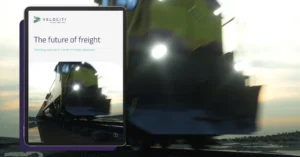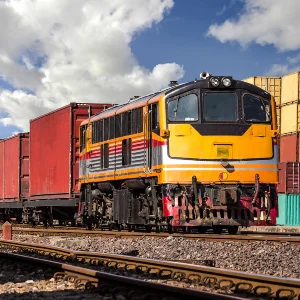The aftermath of the pandemic means more individuals are working remotely and there has been a bigger increase in online shopping, resulting in more deliveries. Consequently, a higher number of freight trains and containers can be implemented, lessening carbon emissions on the road. Essentially, there’s a 76% reduction of emissions per tonne of freight in comparison to road transport and 76 less lorries on the road.
There are several difficulties when identifying alternative freight routes. Road transportation is much more efficient than rail, particularly during an emergency with less containers. There’s less obstructions on the road. The current planning systems of the railway aren’t always effective, which has a considerable impact on the efficiency of freight paths. There’s lower demand for rail transport as freight trains often carry less than their capacity. Additionally, freight scheduling can have a hindrance to the effectiveness of rail transportation, for instance, unused freight paths are often not removed, causing congestion.
The launch and advancement of our PathPlanner shows the determination to increase the usage of freight trains. Furthermore, PathPlanner’s Train Capacity Management means trains can be packed to their capacity if there is space to do so. With this innovation, operators can place containers onto an underloaded freight train within a short period of time.
Read more from Inside Rail Freight: Driving the future of freight through innovation



